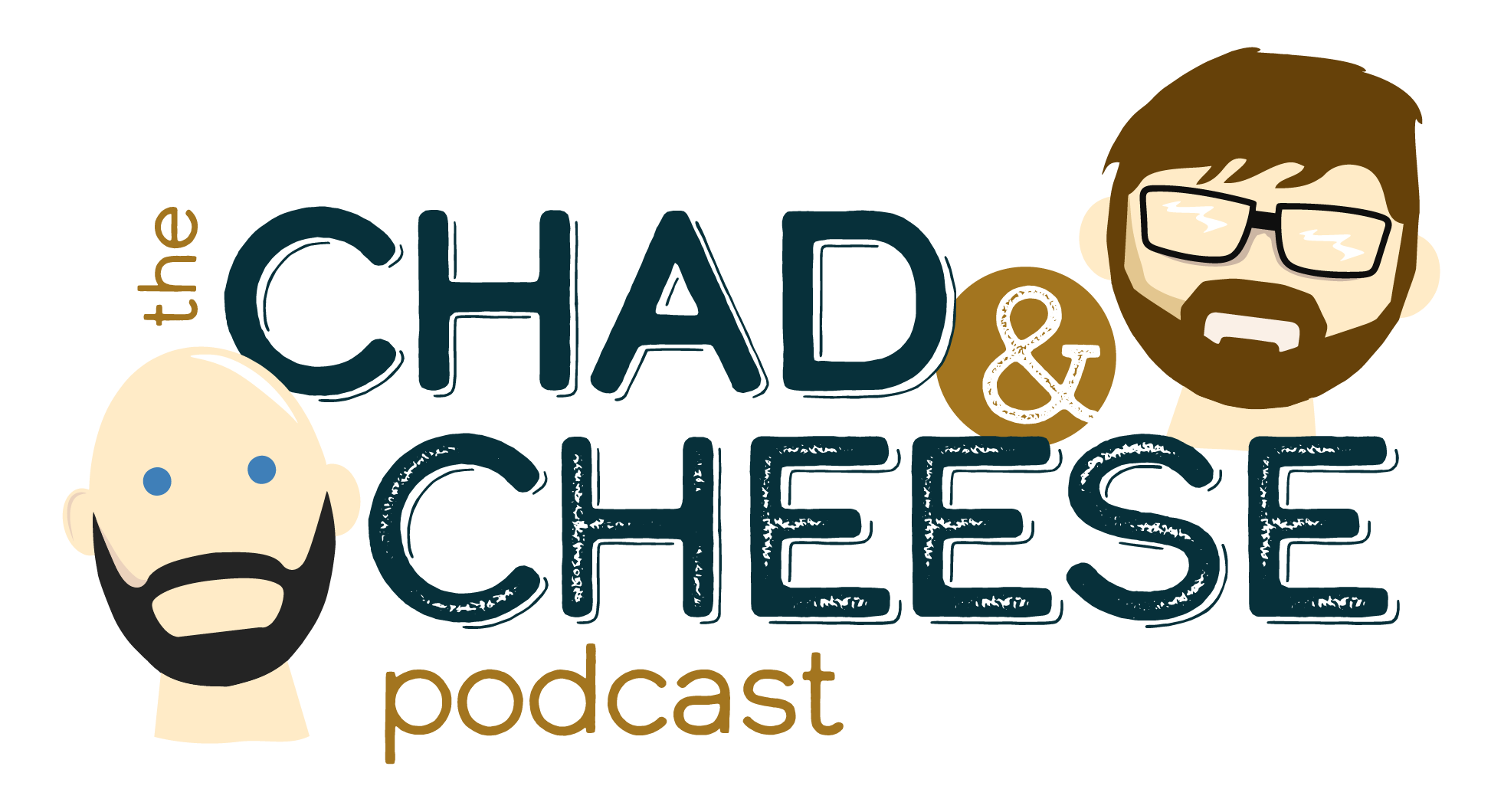How to Keep Muscle and Stay Active After 50
Introduction
Reaching the age of 50 can be an empowering chapter in life, filled with opportunities for Growth and well-being. However, it’s essential to acknowledge that our bodies undergo changes as we age. Muscle mass and strength typically peak between 30 and 35 years of age and begin to decline slowly. After age 65 for women and 70 for men, the decline can become more rapid. This decline in muscle mass, known as sarcopenia, can affect mobility, strength, and overall health.
Adapting to these changes and learning how to keep muscle after 50 can make a significant difference in your quality of life. One of the primary concerns for many as they age is maintaining the ability to perform daily activities without assistance. Keeping your muscles strong is vital for this purpose, as it supports your bones, boosts your metabolism, and helps prevent diseases like osteoporosis.
Incorporating strength training into your routine can be a powerful way to combat the natural decline in muscle mass. It’s a common misconception that lifting weights will make you bulky; in reality, strength training can help you build lean muscle, which is crucial for maintaining an active Lifestyle. Additionally, it’s never too late to start. Whether you’re new to Exercise or returning after a hiatus, there are plenty of ways to begin strength training that cater to your fitness level and needs.
Another essential component is Diet. Ensuring you get enough protein helps repair and grow muscle tissue, making it easier to maintain muscle mass as you age. Staying hydrated and getting adequate rest are also crucial for muscle health. By focusing on these areas, you can navigate the changes in your body and enjoy a vibrant, active life after 50.
The Importance of Maintaining Muscle
Maintaining muscle mass is crucial not only for performing daily activities but also for enhancing overall health. Strong muscles support your bones, improve metabolism, and even help prevent diseases like osteoporosis. They enable you to continue enjoying hobbies, spending time with family, and performing tasks without assistance.
The natural process of Aging brings about a reduction in muscle mass and strength, a condition known as sarcopenia. This age-related muscle loss is a major contributor to the decline in physical abilities as we grow older. By maintaining muscle, you can sustain the strength needed for daily functions such as walking, lifting, and even simple tasks like opening jars or climbing stairs. Additionally, muscles act as metabolic engines, helping you maintain a healthy weight and regulate blood sugar levels, which is especially important for preventing type 2 Diabetes.
Strong muscles also play a significant role in maintaining bone density. When you engage in weight-bearing exercises, the Stress placed on your bones stimulates bone growth, reducing the risk of osteoporosis and fractures. This is particularly important for women, who are at a higher risk of developing osteoporosis as they age.
Furthermore, maintaining muscle mass can have a positive impact on Mental Health. Regular physical activity, including strength training, has been shown to reduce symptoms of Depression and Anxiety. It also boosts self-esteem and overall well-being, providing a sense of accomplishment and purpose.
Incorporating strength training into your routine doesn’t have to be complicated. Simple exercises like bodyweight squats, resistance band exercises, and light weightlifting can all be effective in building and maintaining muscle. Aim to include strength training exercises at least two to three times a week for optimal benefits.
Effects of Muscle Decline in Older Adults
As we age, the decline in muscle can significantly impact our daily lives. Studies have shown that about 30% of adults over 70 have difficulty with activities such as walking, getting up from a chair, or climbing stairs. This loss of mobility increases the risk of falls, which can lead to serious injuries. The combination of decreased mobility and increased fall risk often results in a higher likelihood of needing assistance or even admissions to Nursing homes.
Reduced muscle mass also affects balance and coordination, making it challenging to perform everyday tasks safely. Without adequate muscle strength, even simple actions like carrying groceries or reaching for items on a shelf can become daunting. Additionally, diminished muscle strength can lead to a decrease in physical activity, creating a cycle of further muscle loss and reduced physical function.
The repercussions extend beyond physical health. Limited mobility and strength can lead to social isolation, as individuals may be less likely to engage in social activities or leave their homes. This isolation can negatively impact mental well-being, contributing to feelings of depression and anxiety.
It’s crucial to address muscle decline early to mitigate these effects. Regular physical activity, particularly strength training, can help maintain muscle mass and functional abilities. Strength training exercises, such as resistance band workouts or light weightlifting, can be effective in combating muscle loss and improving overall quality of life.
Incorporating these practices into a weekly routine can help maintain independence and reduce the likelihood of severe health complications related to muscle decline.
Advantages of Strong Muscles for Longevity and Self-Reliance
Maintaining strong muscles plays a vital role in staying independent as we age. An active lifestyle can significantly slow down the average decline of strength and power associated with aging. By preserving muscle strength, older adults can maintain their independence longer, reducing reliance on caregivers and increasing their quality of life. A strong, active body supports a more engaged and fulfilling life, allowing individuals to pursue interests and adventures with energy and confidence.
Strong muscles also contribute to better balance and coordination, which are critical for preventing falls and injuries. Falls are a significant concern for older adults, often leading to serious health complications and a loss of independence. By building and maintaining muscle strength, you enhance your ability to move safely and confidently, reducing the risk of accidents.
Additionally, having robust muscles helps manage chronic conditions like diabetes and heart disease. Muscles are essential for regulating blood sugar levels, which can help prevent or manage type 2 diabetes. Engaging in regular strength training and physical activity supports cardiovascular health by improving circulation and reducing the risk of heart disease.
Mental health benefits also arise from maintaining strong muscles. Physical activity, including strength training, has been linked to improved mood, reduced symptoms of depression and anxiety, and enhanced cognitive function. Staying active and maintaining muscle strength can boost self-esteem and provide a sense of purpose, contributing to overall mental well-being.
By focusing on muscle strength, you can ensure that you remain active, healthy, and self-reliant as you age, enjoying a higher quality of life and greater peace of mind.
Simple Strategies to Preserve and Build Muscle After 50
One of the most effective approaches to preserving and building muscle after 50 is incorporating strength training exercises into your routine. Resistance training is crucial because it not only builds muscle but also reduces muscle mass loss. As you improve the balance between body mass and muscle, you’ll lose more fat than muscle, effectively improving the condition known as sarcopenia. Pairing this with regular aerobic exercise can enhance the benefits further.
Maintaining a balanced diet with adequate protein intake is essential for muscle health. Protein provides the building blocks necessary for muscle repair and growth. Ensure your diet includes lean proteins like chicken, fish, or plant-based options such as beans and tofu. Staying hydrated and getting enough rest are also critical components in muscle maintenance.
Incorporating variety in your exercises can keep your routine interesting and effective. Activities like Yoga, Pilates, and swimming not only build muscle but also improve flexibility and cardiovascular health. Using resistance bands, bodyweight exercises, or light weights can be particularly effective for those new to strength training or returning after a break.
Monitoring your progress can help keep you motivated. Tracking improvements in strength, endurance, and overall fitness can provide a sense of achievement and encourage you to stick with your routine. Engaging in regular physical activity and maintaining a healthy diet can significantly impact muscle health, enabling you to enjoy an active and vibrant life after 50.
Conclusion
Preserving muscle after 50 is key to maintaining an active, healthy, and independent life. Regular strength training, combined with a balanced diet rich in protein, can counteract the natural decline in muscle mass. Including aerobic activities and ensuring proper hydration and rest further supports muscle health. Strong muscles improve balance and coordination, reducing the risk of falls and related injuries. They also help manage chronic conditions like diabetes and heart disease, while boosting mental well-being. Adopting these habits can significantly enhance your quality of life, allowing you to stay active and engaged in the activities you love. Embrace these strategies now to ensure a vibrant future.

























